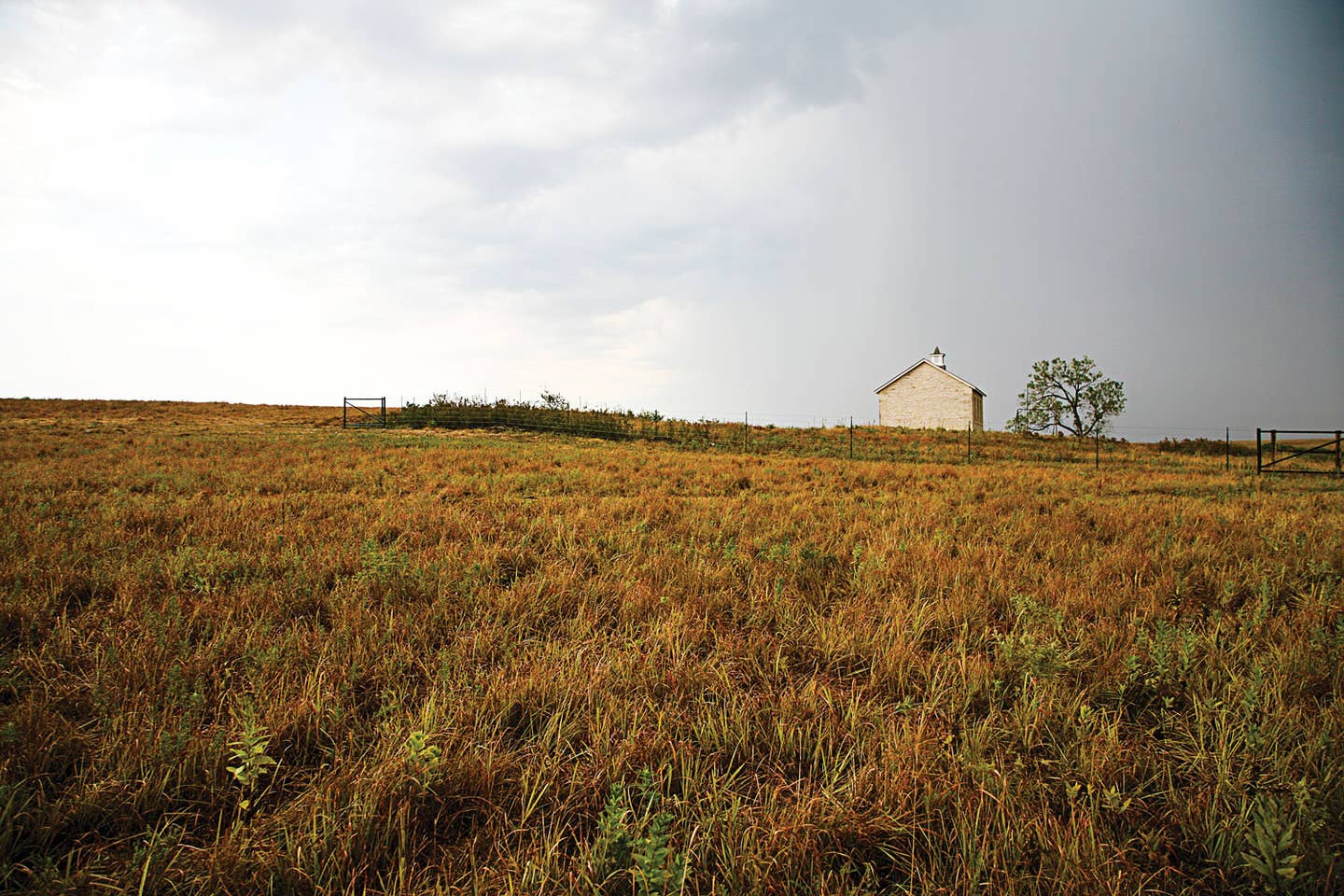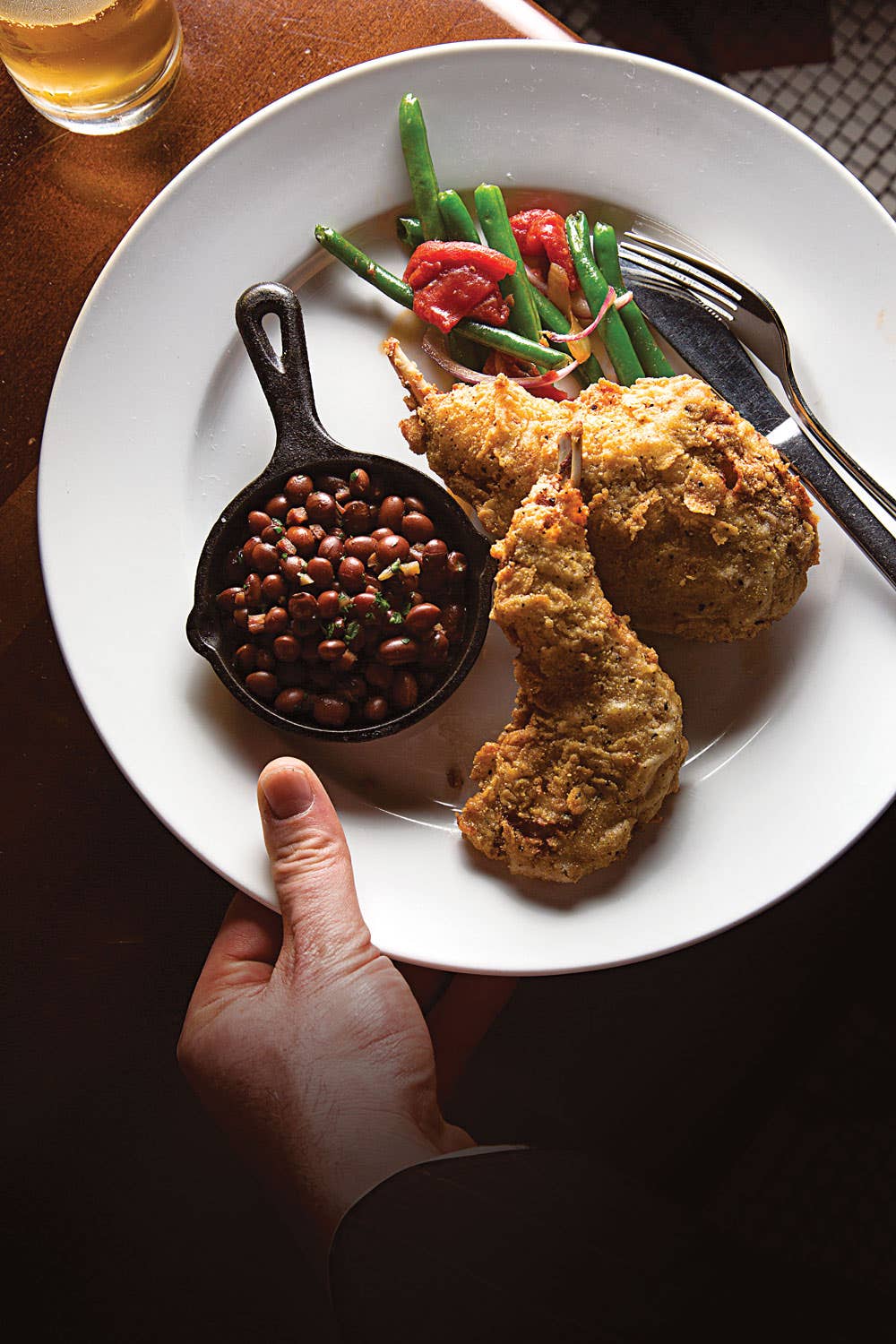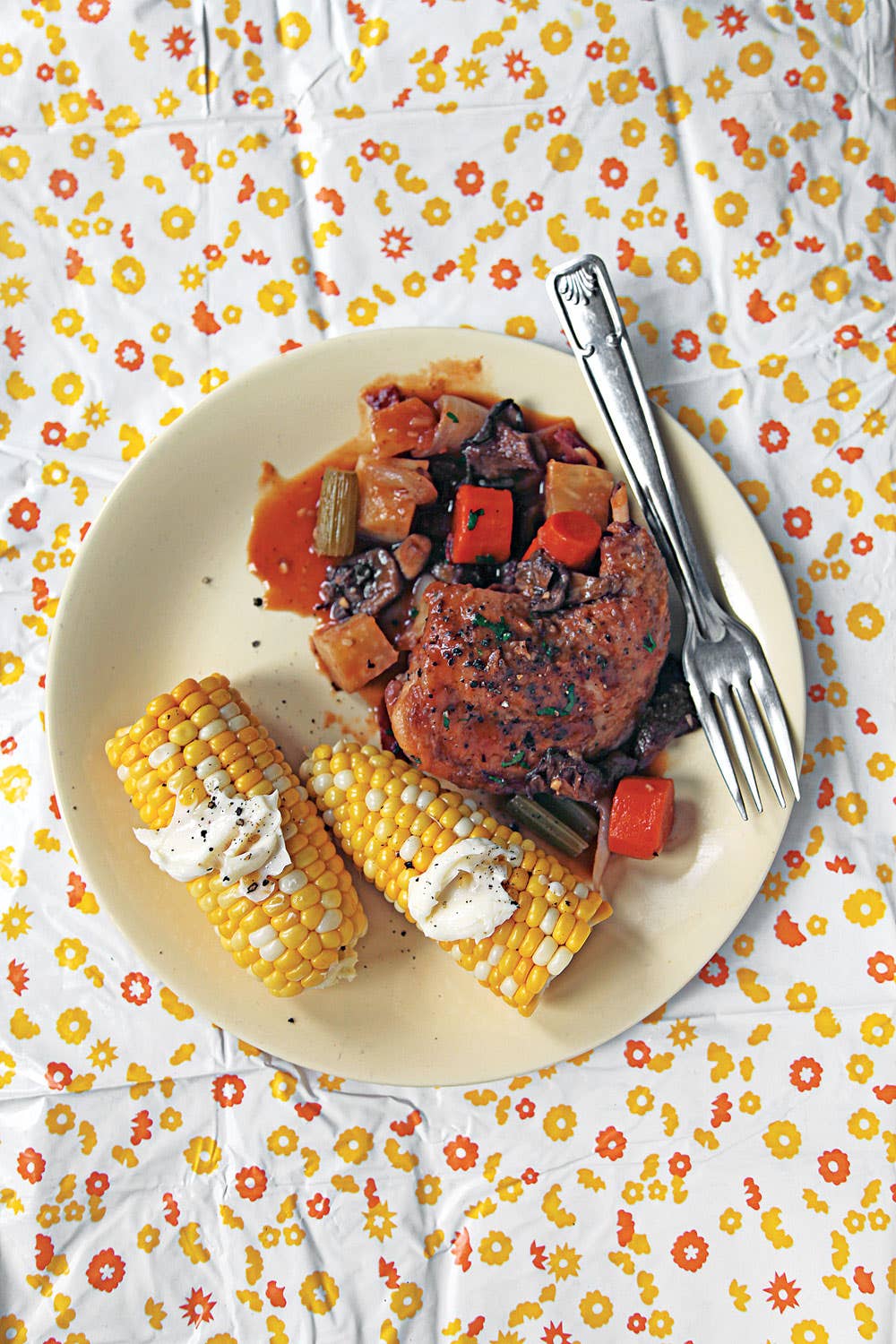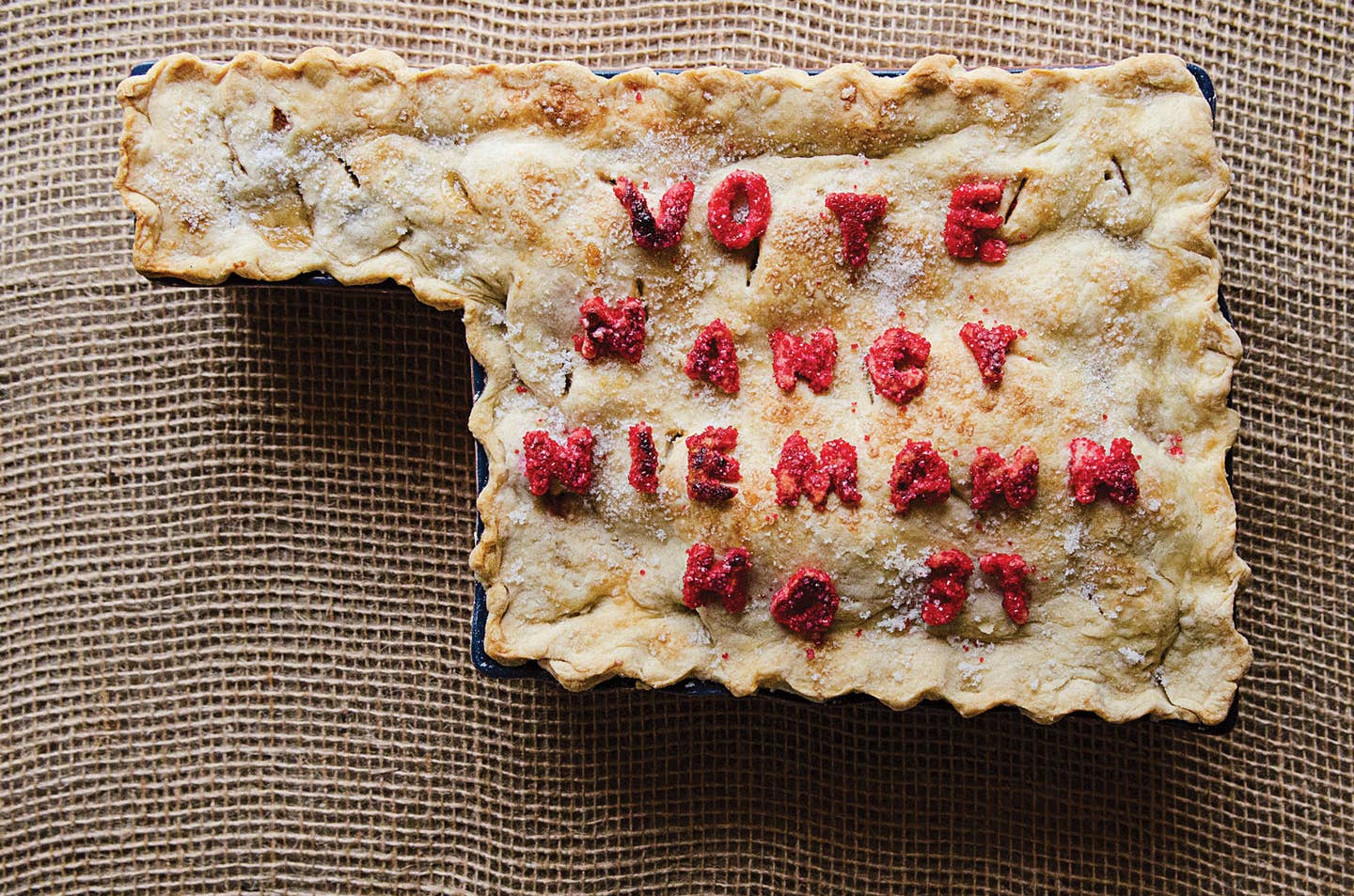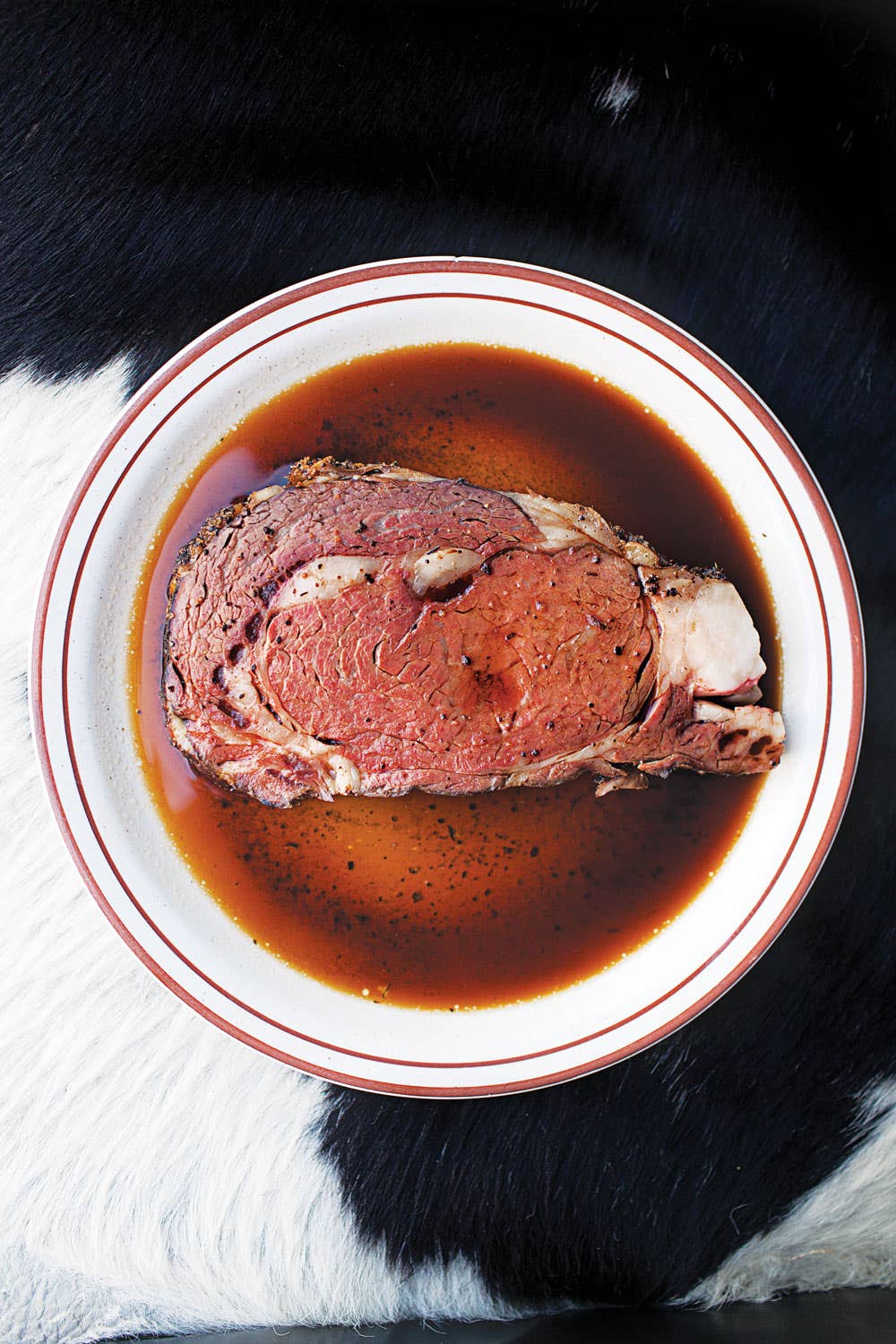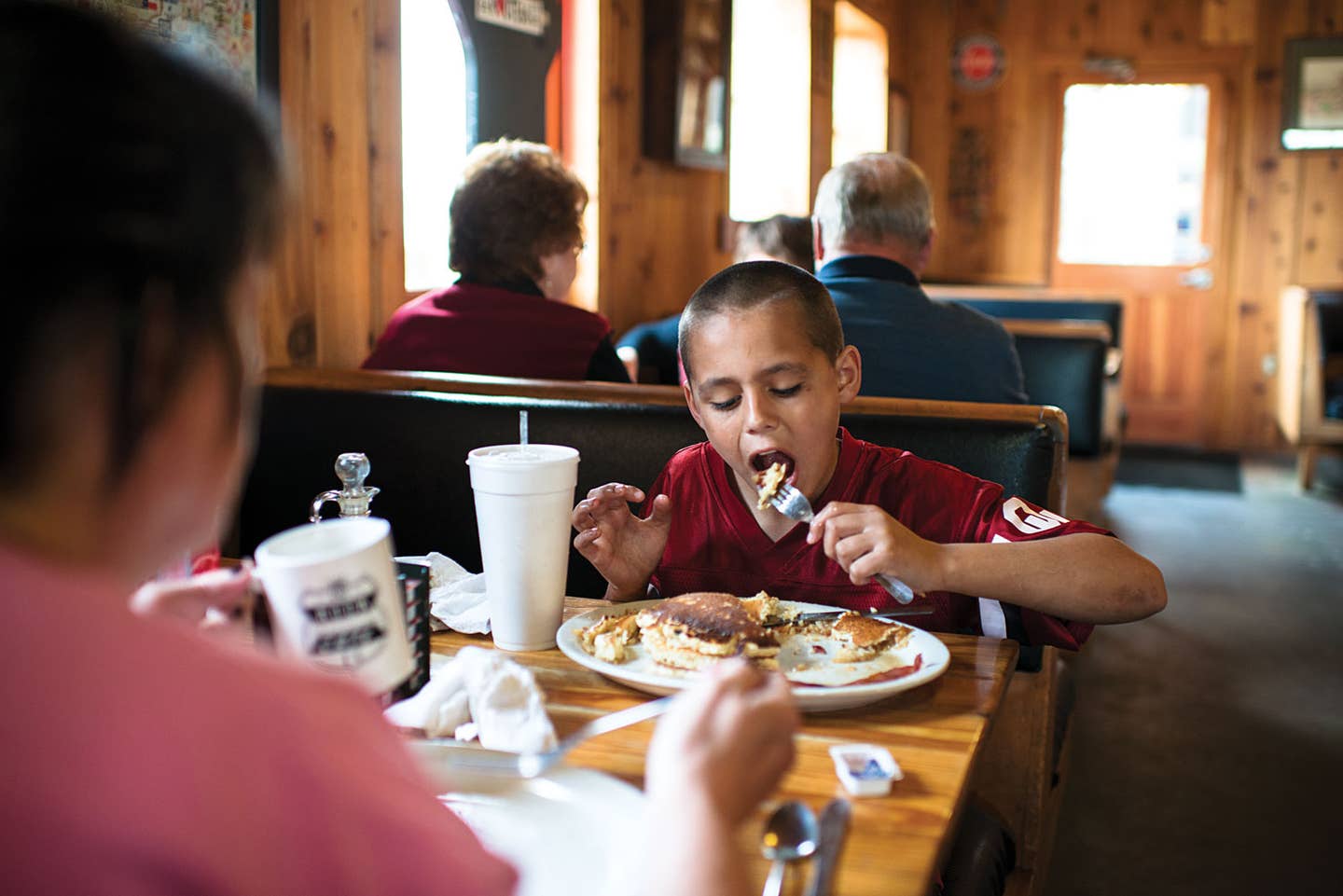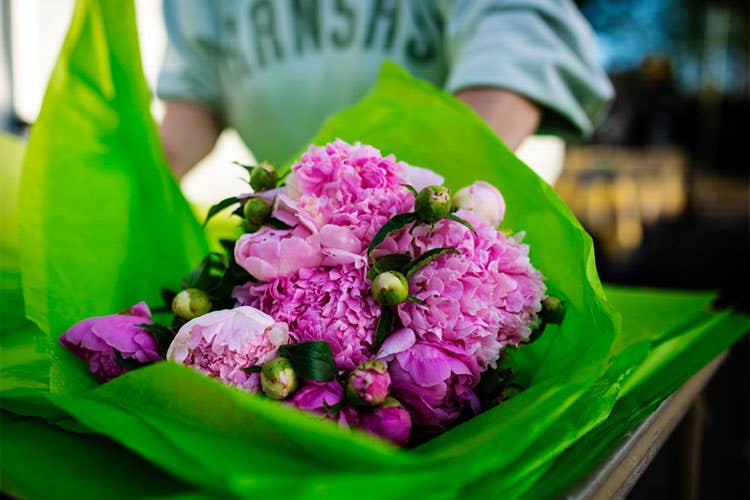
Special Feature: The Heartland
Wheat and corn and incomparable beef, wild berries baked into the most luscious desserts, crisp summer salads, and the best fried chicken and chili imaginable—the southern Great Plains is a fantastic place to eat. Here, on flatlands teeming with life, farmers and ranchers, foragers and chefs pass down cherished recipes and share new additions to the region's rich culinary heritage. Join us as we visit Kansas, Oklahoma, and Nebraska, three states at the center of America's delicious heartland.
When I first arrived in Kansas, stepped off the plane, and saw the big blue sky open up over the prairie, I knew I was home. This is a place that can free you in unexpected ways, a place where the Beat writer William Burroughs was as much a part of the local fabric as our church ladies with their chili suppers and homemade cinnamon rolls; where 60 different immigrant groups settled after the Civil War, each one seasoning the melting pot. Today you can taste their influence throughout the state: Mennonite beef and cabbage pies called bierocks, Volga German green bean dumpling soup, plenty of bison burgers, smoky chili, heirloom tomatoes, and iced sugar cookies. In a place where the weather is a cocktail of thunder, snow, blizzards, droughts, ice storms, and 100 degree days, it’s no wonder we veer toward comfort when we eat. If we could click our ruby slippers three times, we’d be at the farm, where fried chicken comes to the table golden and crispy, the side dishes are all homemade, and a hefty slice of cake means that all is well. –Judith Fertig, author of Heartland: The Cookbook (Andrews McMeel, 2011) See more articles and recipes from Kansas »
Extra-Crispy Fried Chicken
Double-fried chicken marinated in an aromatic brine is a specialty of the house at the restaurant Rye KC in Leawood, Kansas.
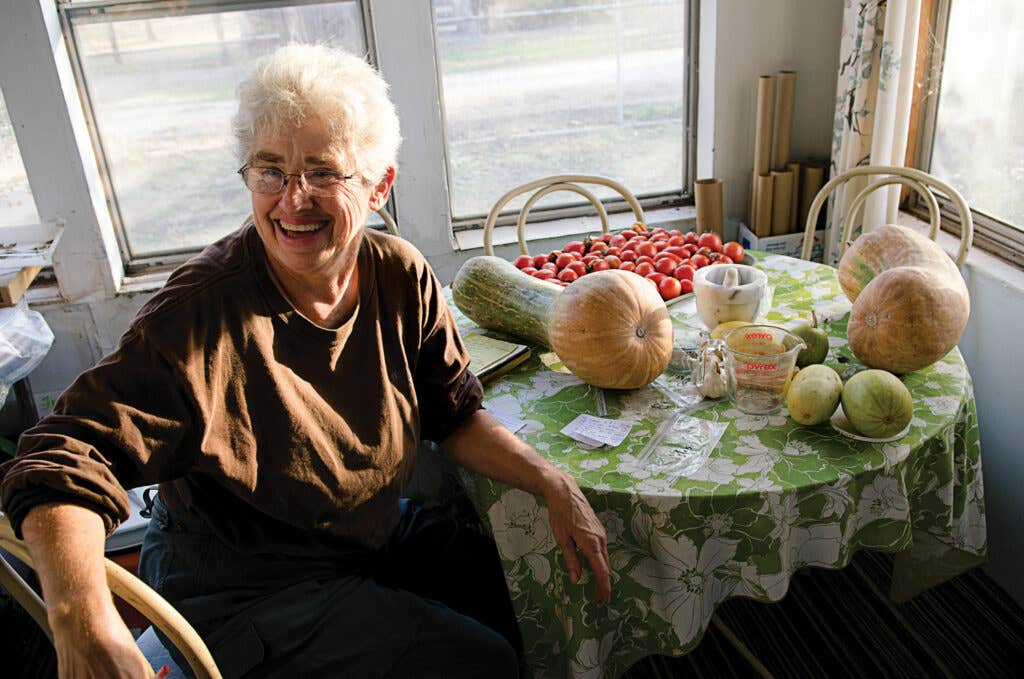
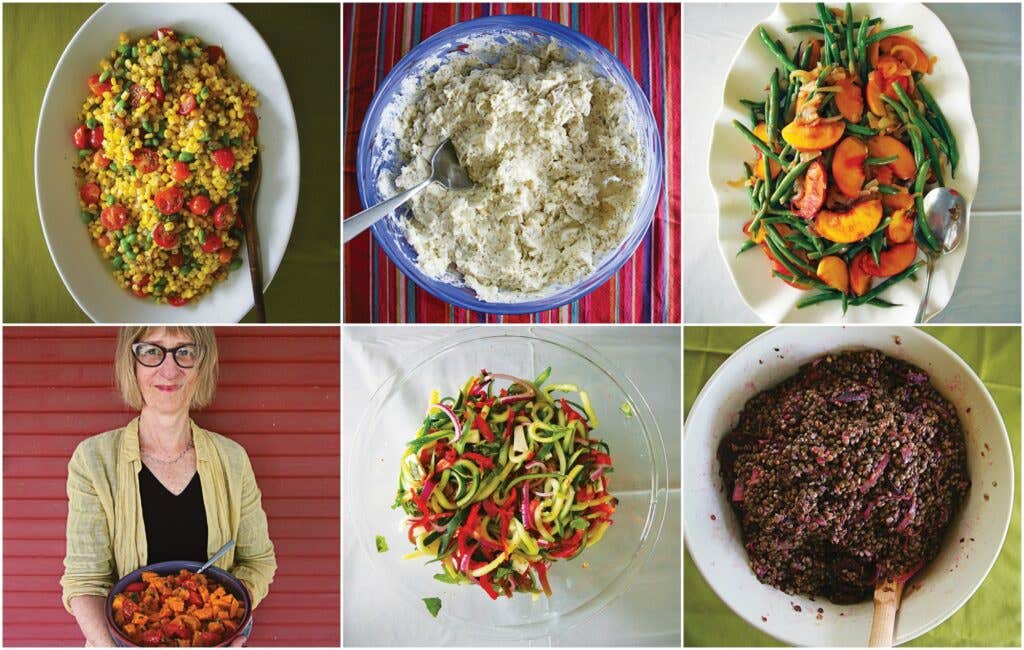
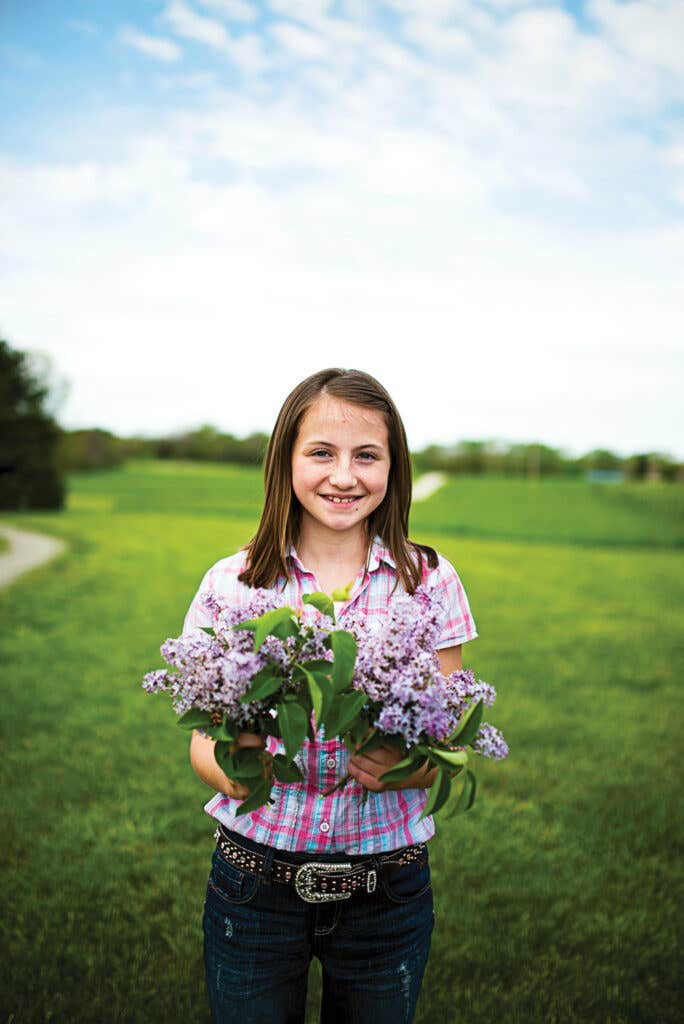
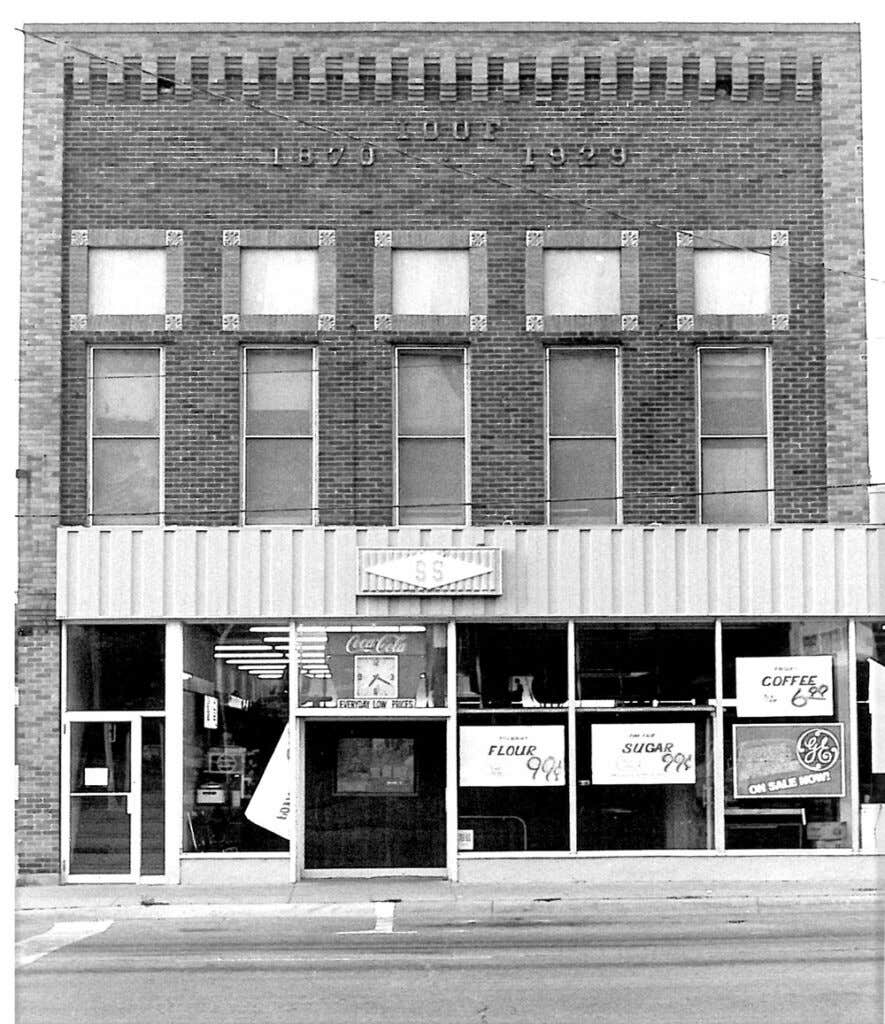
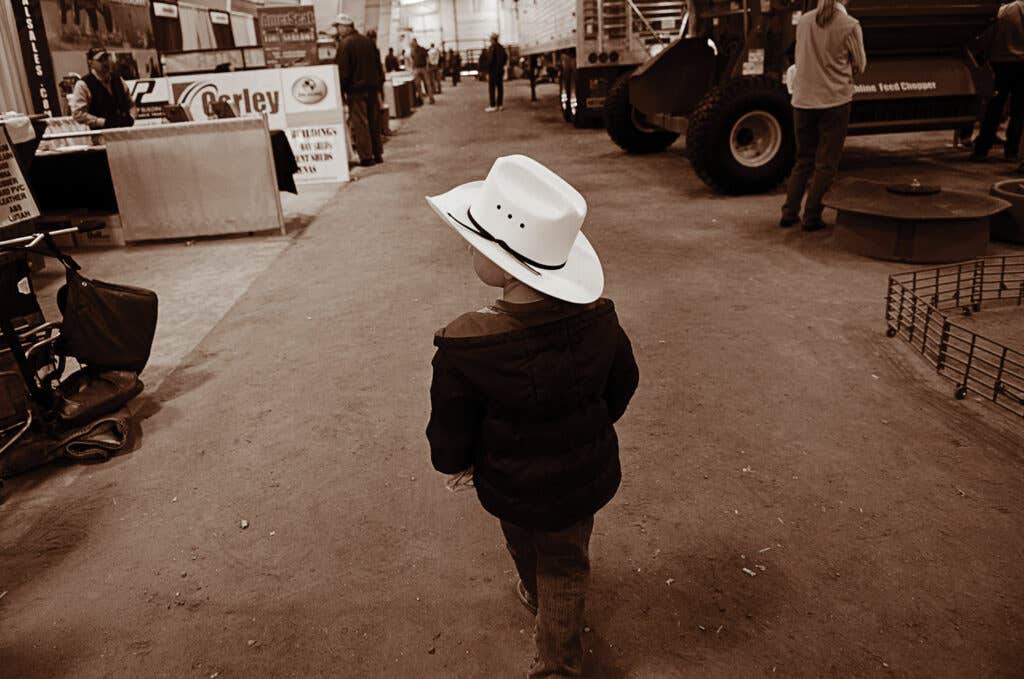
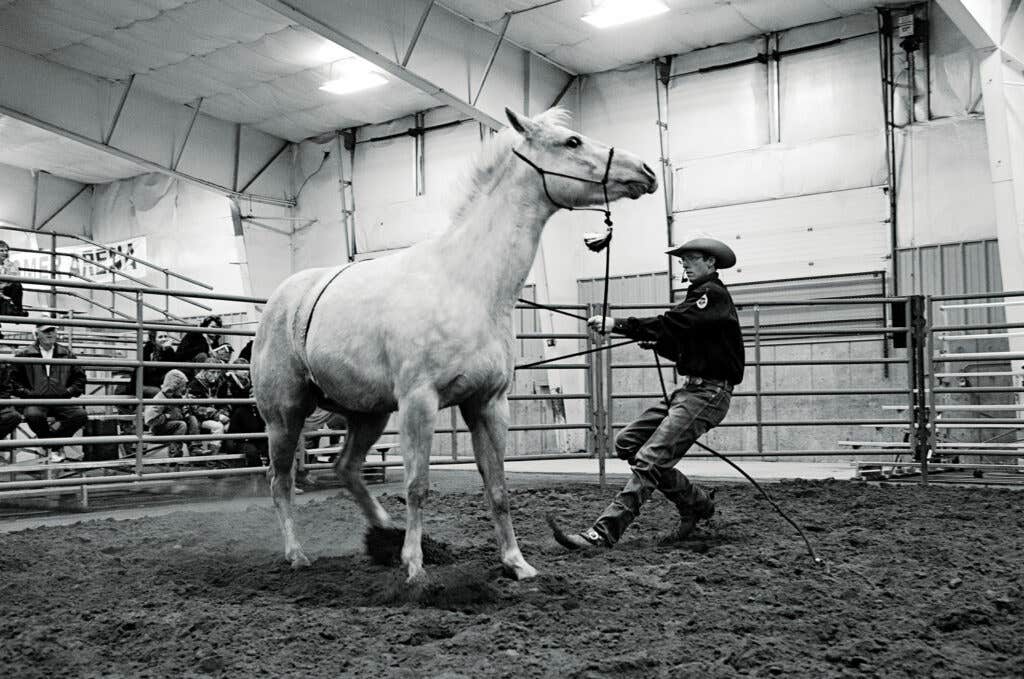
Braised Rabbit with Mushrooms and Celery Root
Wild rabbit, a favorite among hunters in Kansas, is braised in beer and chicken stock to make an autumnal main dish. Get the recipe for Braised Rabbit with Mushrooms and Celery Root »
We Oklahomans are not minimalists. Our battle cry could be “Shoot when you see the whites of their plates.” I grew up here, on huge pots of pinto beans, mounds of sweet squash and crispy okra, hunks of watermelon, and platters of cornmeal-fried catfish. The land is swept by tornadoes and steeped in borrowed traditions. We are a crazy quilt of people¿we take food from elsewhere and make it our own. Settlers of all stripes sprinted across the state border in land runs to build homes out of prairie sod. Coal lured miners from Italy to the hills in the southeast; their old mining towns still serve fried chicken with a side of spaghetti, while in the west, Germans sowed hard wheat and endured drought. Cowboys drove cattle from Texas to Kansas through Oklahoma, and the Trail of Tears brought all the tribes of the Southeast to Oklahoma, along with their farming and foraging. In the century since statehood, the cow towns of Tulsa and Oklahoma City have struck oil and sprouted skyscrapers and fancy restaurants. But underneath it all, Oklahoma is still an agricultural center, staggering in its diversity and plenty. –Mark Brown, author of My Mother is a Chicken (This Land Press, 2012) See more articles and recipes from Oklahoma »
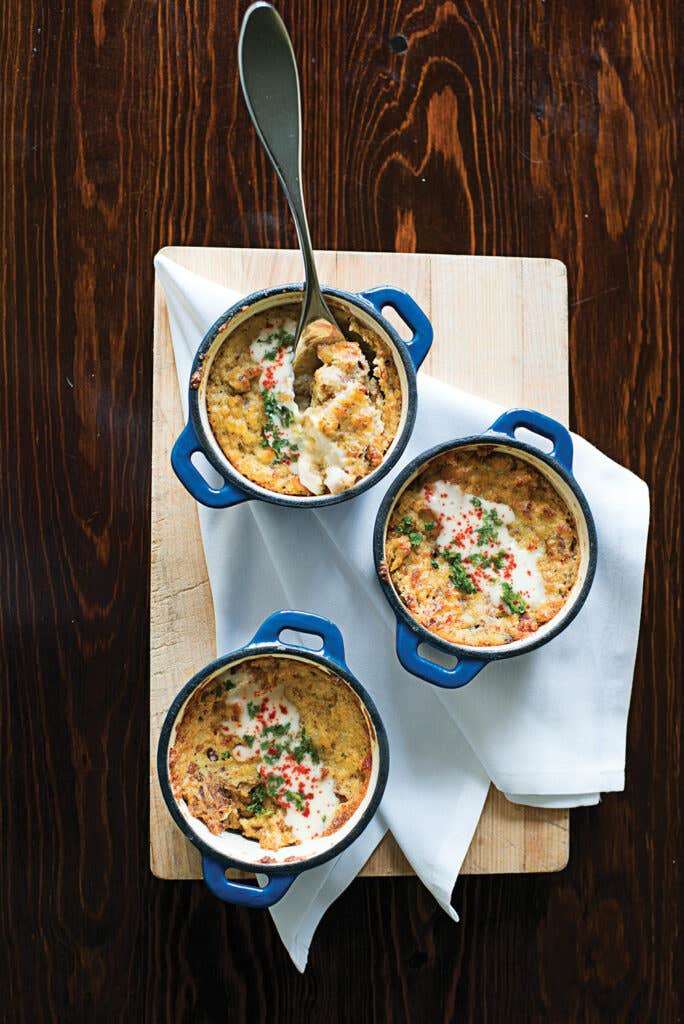
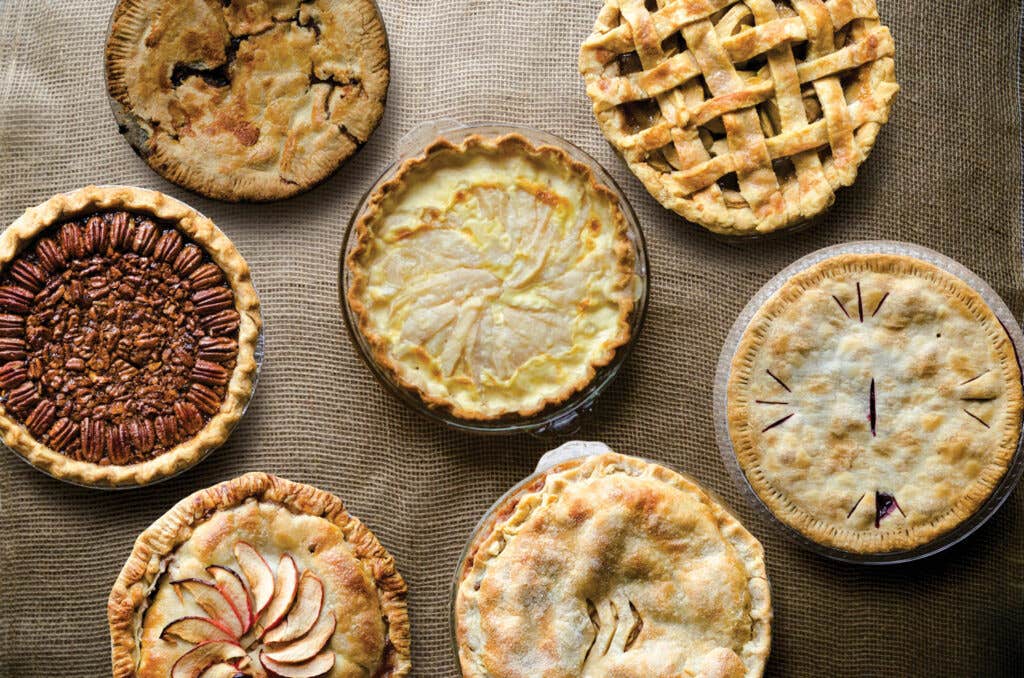
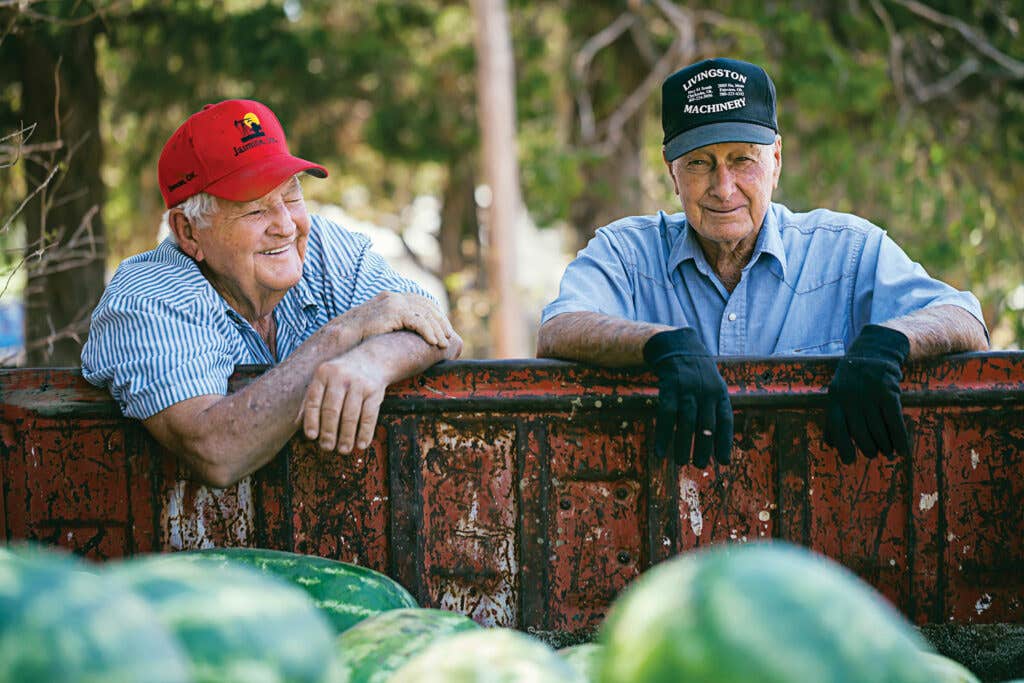
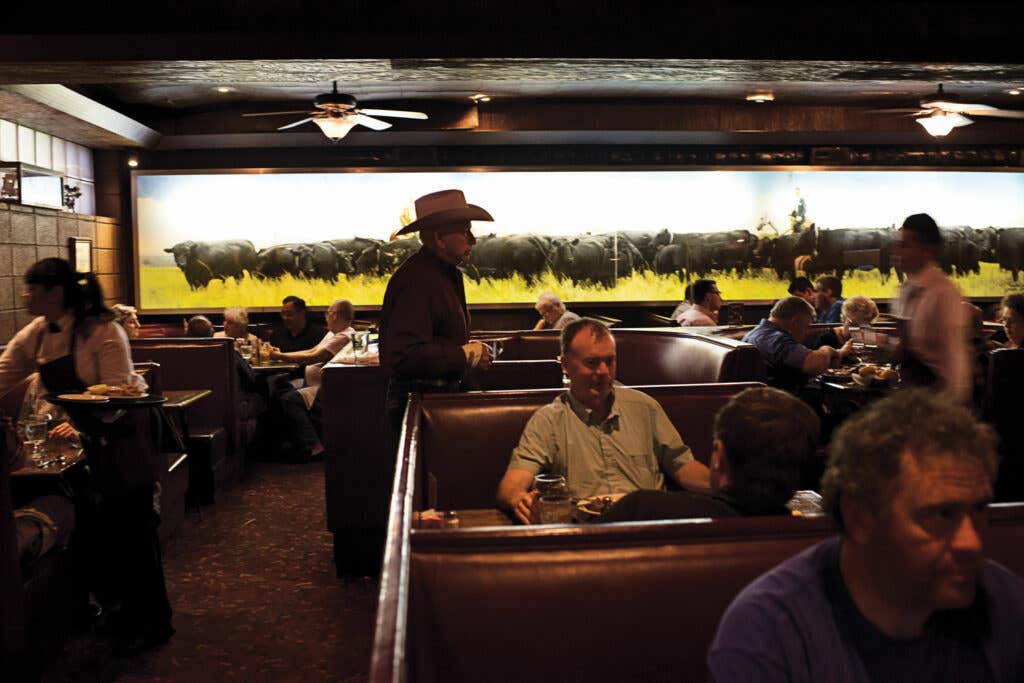
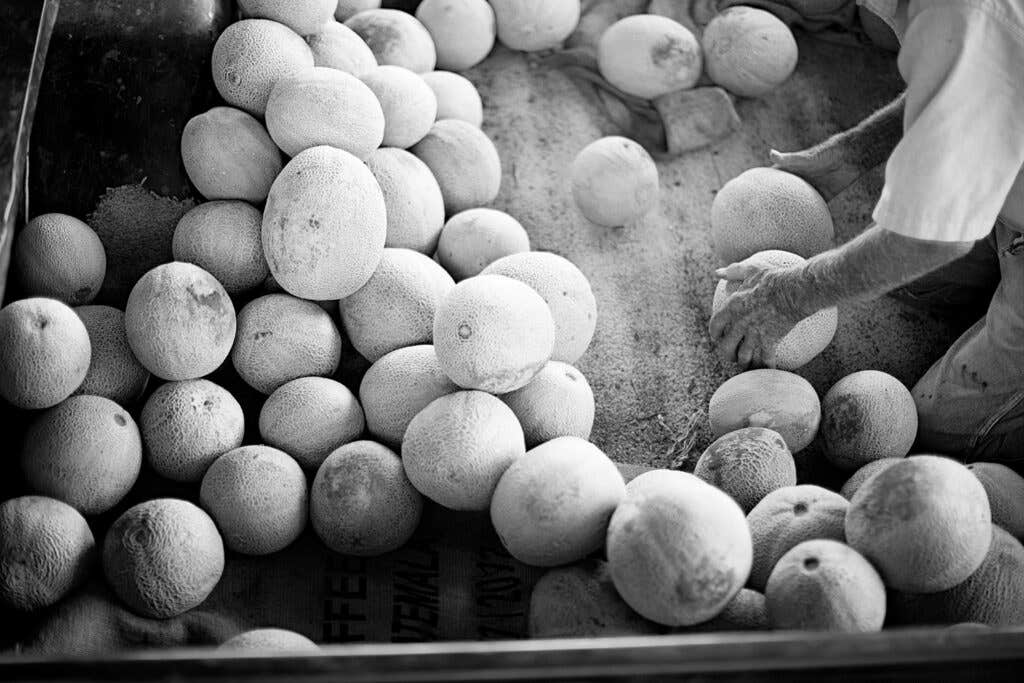
Piccolo Pete's Prime Rib
Prime rib is a beloved Omaha steakhouse specialty. One of our favorite versions comes from Piccolo Pete’s, where the meat is rubbed with Italian spices and blasted with high heat to form a flavorful crust. Get the recipe for Piccolo Pete’s Prime Rib »
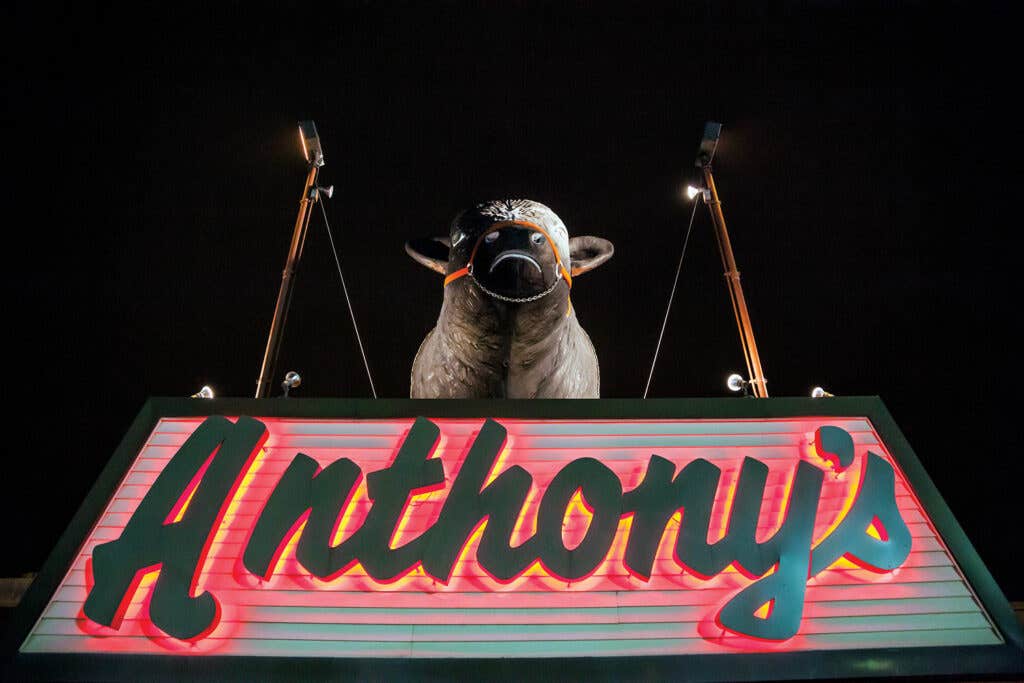
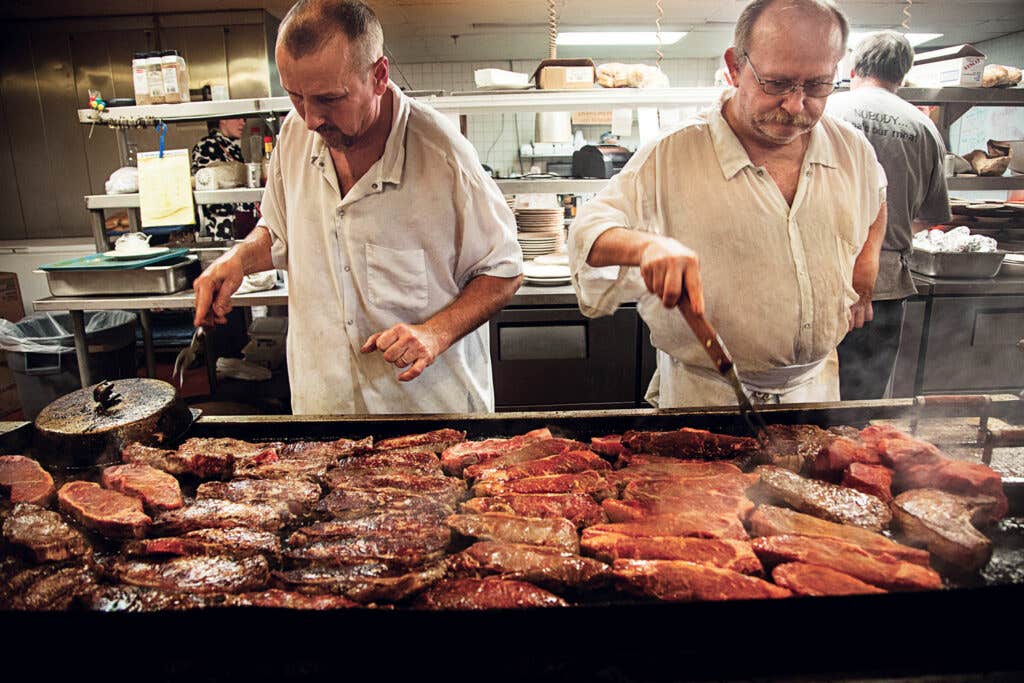
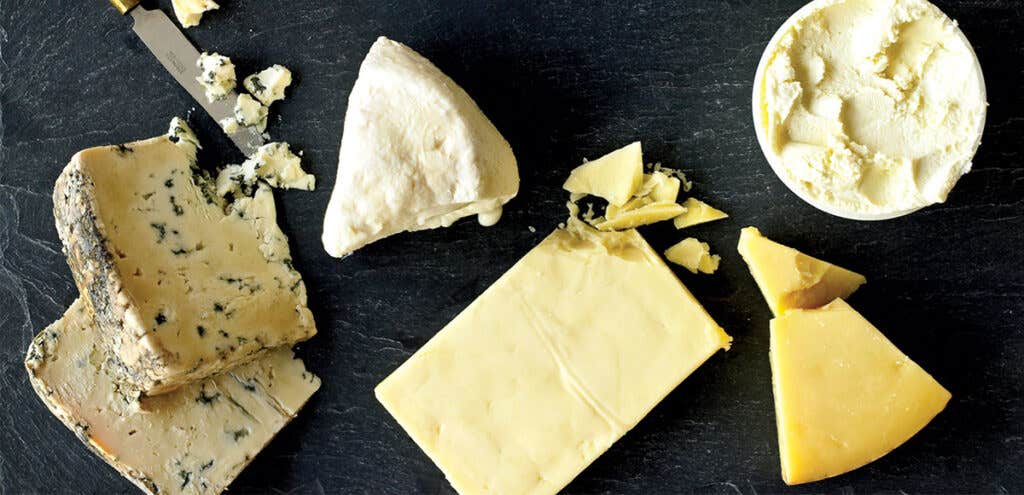
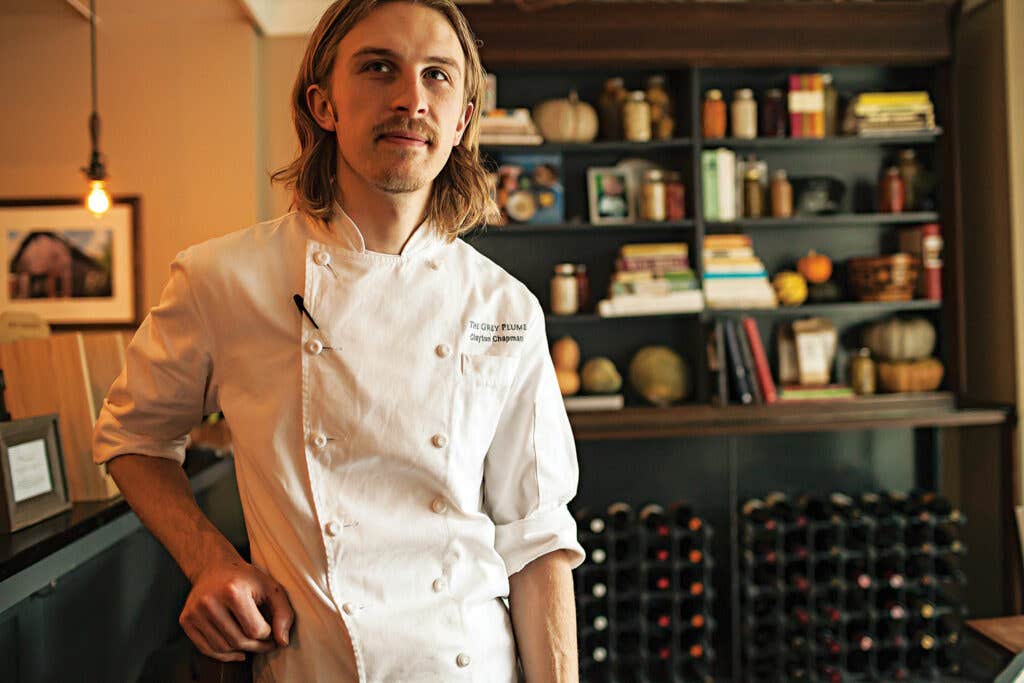
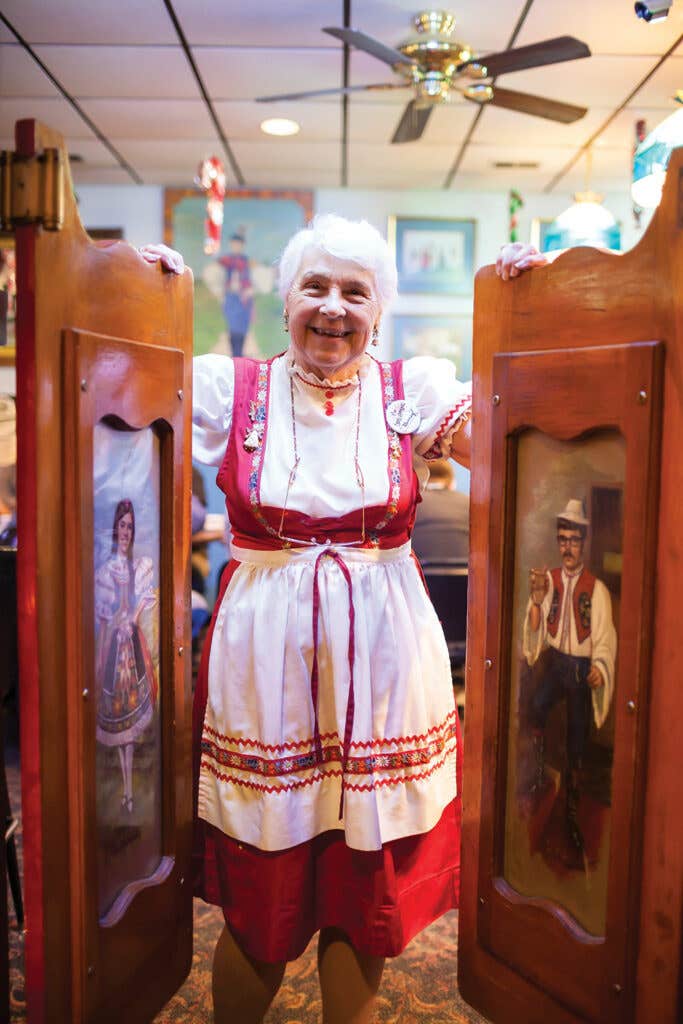
Keep Reading
Continue to Next Story
